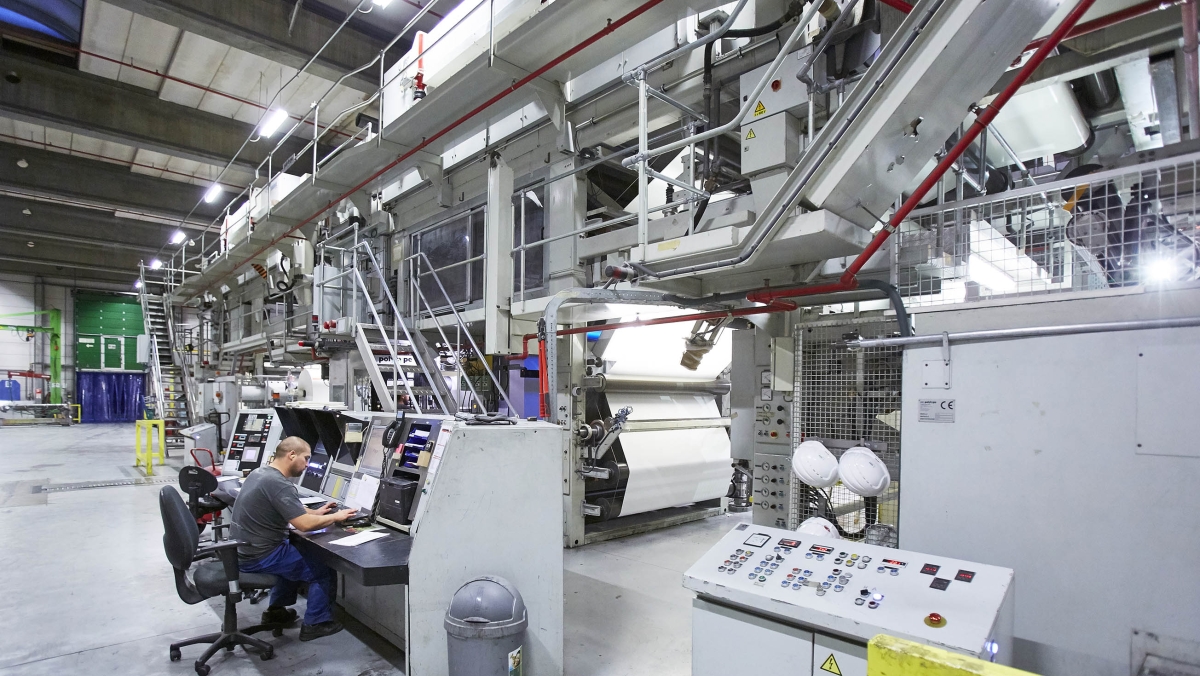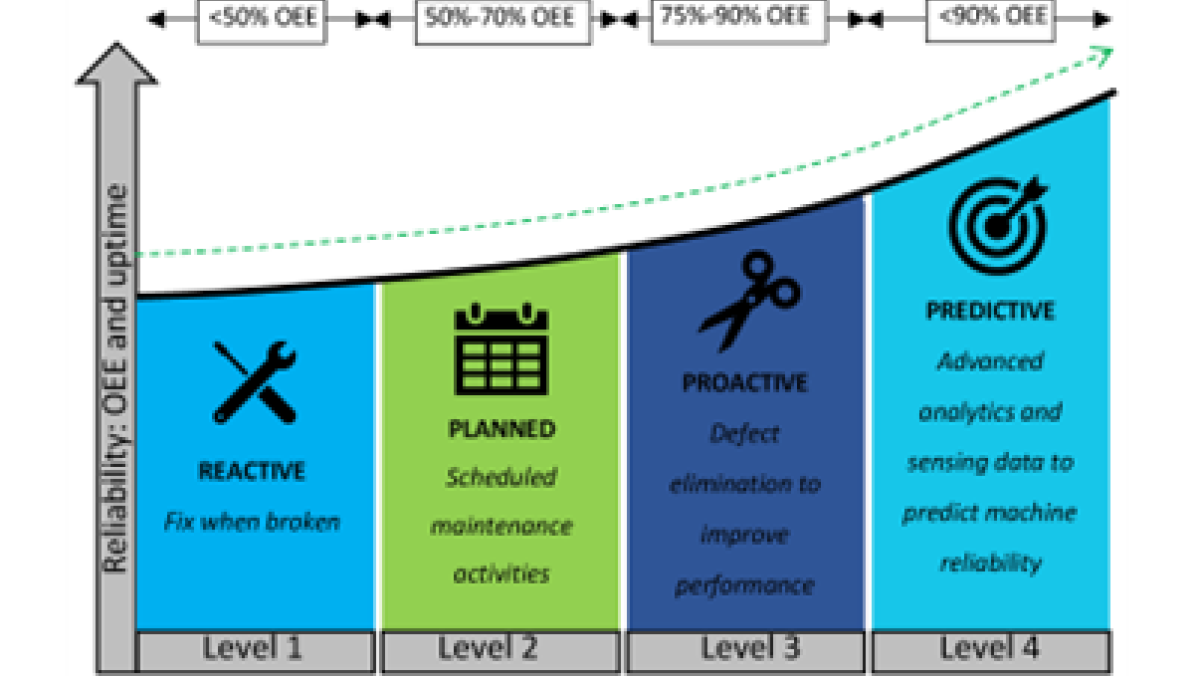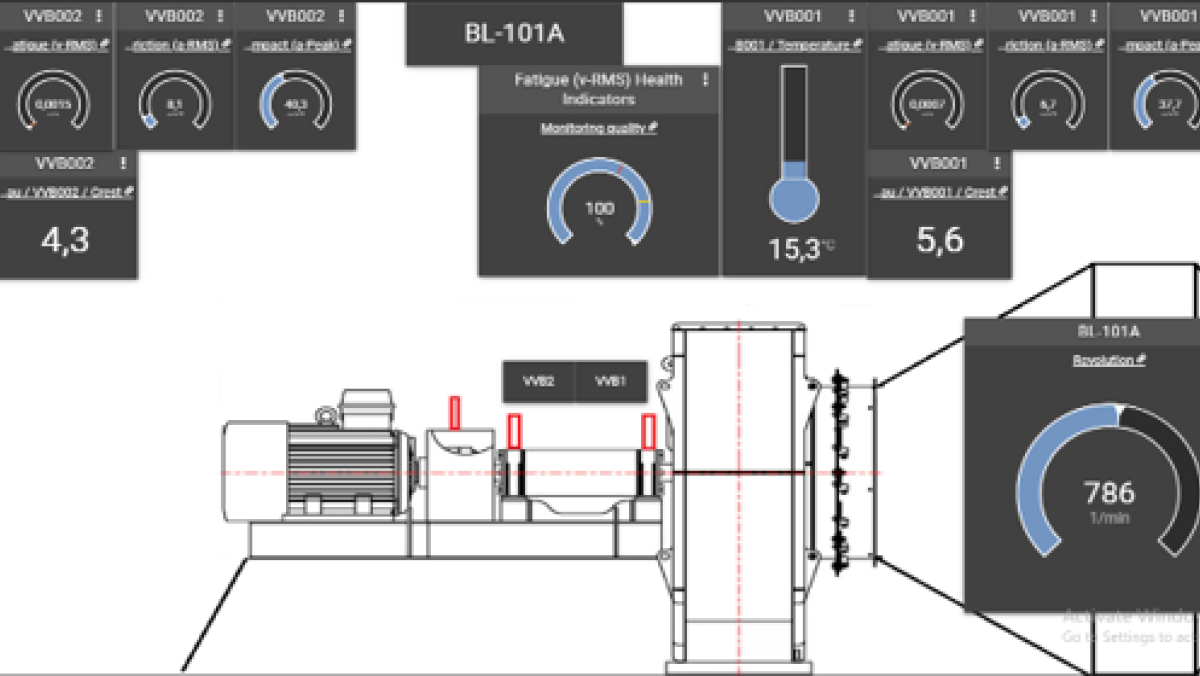Predictive Maintenance: Boost Efficiency and Cut Costs
Discover how predictive maintenance uses AI, IoT, and data analytics to prevent failures, cut downtime, and optimize costs. Explore key implementation strategies.
Predictive Maintenance: A Proactive Approach to Asset Management
Predictive Maintenance (PdM) (1) is a revolutionary approach to asset management that harnesses the power of data analysis and real-time monitoring to anticipate and prevent equipment failures before they disrupt operations. By integrating advanced technologies such as sensors, artificial intelligence (AI), and machine learning (ML), PdM identifies potential issues early, enabling timely interventions and greatly reducing costly downtime. This proactive strategy stands in stark contrast to traditional reactive or preventive maintenance, offering a more efficient and cost-effective solution for modern industrial environments.

The Strategic Advantages of Predictive Maintenance
Implementing a robust predictive maintenance program delivers multiple benefits that directly impact a company's bottom line and operational efficiency. One of the most significant advantages is the reduction of unplanned downtime. By accurately predicting when equipment is likely to fail, businesses can schedule maintenance during non-peak hours or planned shutdowns, thereby preventing unexpected outages, minimizing production disruptions, and avoiding the substantial costs of lost revenue and productivity. This proactive stance ensures smooth operations and a more stable production flow.
Furthermore, PdM plays a crucial role in optimizing maintenance costs. Unlike time-based
preventive maintenance, which often leads to unnecessary repairs and replacements, predictive maintenance ensures that activities are carried out only when genuinely needed. This data-driven approach eliminates wasteful spending on premature part replacements and reduces labor costs, resulting in long-term financial savings.
Another key benefit is the extended lifespan of equipment. By proactively addressing minor issues before they escalate into major problems, businesses can prevent the deterioration of critical components. This not only defers costly investments in new machinery but also improves the reliability and efficiency of existing assets, maximizing return on investment.
Moreover, predictive maintenance significantly enhances workplace safety. By identifying and mitigating potential malfunctions that could create hazardous conditions, businesses can ensure a safer working environment. This proactive approach helps protect employees, reduces accidents, and minimizes associated liability costs.
Key Components and Technologies Driving Predictive Maintenance
Successful predictive maintenance relies on the seamless integration of several core components and cutting-edge technologies:

Sensors and Data Collection:
The foundation of any PdM system is accurate, real-time data from equipment. This involves deploying sensors (e.g., vibration, temperature, acoustic, pressure) that monitor key performance indicators (KPIs) and operational parameters. High-quality, consistent data is essential for reliable predictions.
Industrial IoT (IIoT):
IIoT devices connect machines and sensors, enabling continuous data flow from the physical world to analytical platforms. This network allows remote monitoring and data aggregation across diverse assets.
Artificial Intelligence (AI) and Machine Learning (ML):
At the heart of PdM, AI and ML algorithms analyze vast datasets to identify patterns, anomalies, and correlations that indicate impending failures. These algorithms learn from historical data and continuously improve predictive accuracy, transforming raw data into actionable insights.
Data Analytics Platforms:
Specialized platforms process, store, and visualize the immense volumes of data generated by PdM systems. They provide dashboards, alerts, and reporting tools that empower maintenance teams to make informed decisions.
Implementing Predictive Maintenance: Challenges and Best Practices
While the benefits of predictive maintenance are clear, successful implementation requires careful planning and execution.
Main challenges:
-
Data Quality and Integration: Ensuring accuracy, completeness, and consistency of data from various sources can be complex. Poor data quality leads to unreliable predictions and misguided decisions. Robust data governance and integration strategies are crucial.
-
Infrastructure and Scalability: Building resilient infrastructure to collect, store, and process real-time data requires significant investment. Systems must also scale to support growth and additional assets.
-
Talent and Training: A skilled workforce is essential. Maintenance technicians, engineers, and analysts need training to maximize the system’s potential.

Best Practices:
Start Small, Scale Up: Pilot projects on critical assets help demonstrate value and refine processes.
Invest in High-Quality Sensors: Reliable, precise sensing technologies are the bedrock of PdM.- Develop Robust Data Management: Efficient collection, storage, cleansing, and analysis are essential.
Provide Continuous Training: Equip employees with the skills to operate and interpret PdM systems.
Foster Data-Driven Culture: Encourage reliance on PdM insights for planning and decision-making.
Case Study: Nissha Metallizing Solutions
At Nissha Metallizing Solutions, our commitment to process digitalization and the integration of AI/IoT applications has been instrumental in successfully implementing predictive maintenance. By investing in these technologies, we have significantly enhanced operational efficiency and minimized downtime across our facilities.
For example, at our Italian site, about 50 sensors have been strategically installed to collect real-time data on various equipment parameters. This data forms the backbone of our PdM efforts. Using the Moneo software platform, we process this data with advanced AI algorithms to identify potential issues and trigger alerts when critical thresholds are exceeded. This focus on digitalization and AI/IoT has allowed us to proactively detect and address failures, optimize maintenance schedules, extend the lifespan of our equipment, and ultimately boost overall productivity. One notable success involves the extraction fans of our coaters, which are vital to the solvent recovery system. Failure of these fans would force a complete plant shutdown. After just one month of data collection, our predictive algorithms detected abnormal vibrations in the bearings of one fan. This early detection enabled preventive maintenance, averting a costly production stoppage and ensuring uninterrupted operations.
In another case, pressure switches were installed to monitor the cooling coils of solvent-laden air. The sensors detected a drop in pressure in one coil, signaling a possible blockage. By addressing the issue early, we prevented excessive energy consumption and avoided costly coil replacement. These tangible results underscore the immense value of predictive maintenance in improving performance and reducing costs.
The Future of Asset Management: Embracing Predictive Maintenance
Predictive maintenance is no longer a future vision—it is a present-day necessity for businesses aiming to stay competitive in an increasingly complex industrial landscape. By embracing PdM, organizations can move beyond reactive repairs and scheduled maintenance, transitioning to a highly efficient, data-driven model that maximizes asset utilization, reduces costs, and ensures safer, more productive operations. Ongoing advancements in AI, IoT, and sensor technologies will continue to strengthen predictive maintenance, making it an indispensable tool for sustainable and profitable asset management.